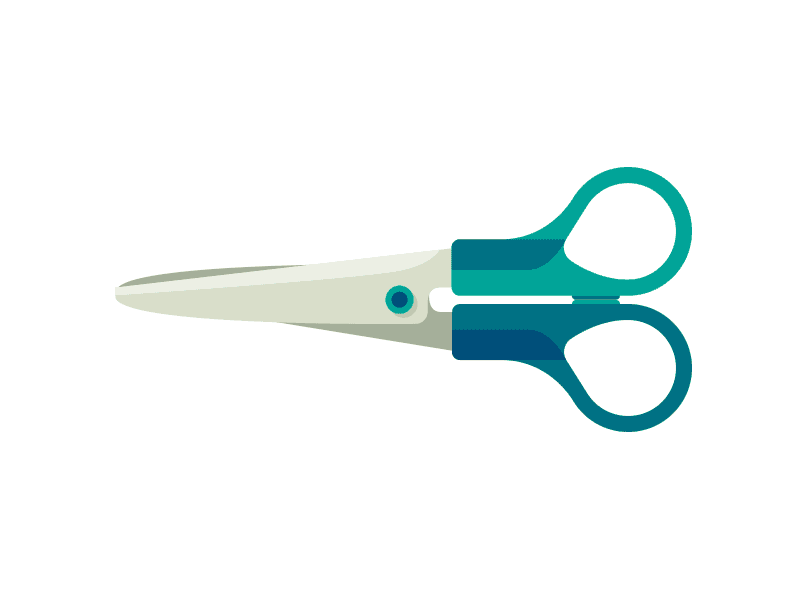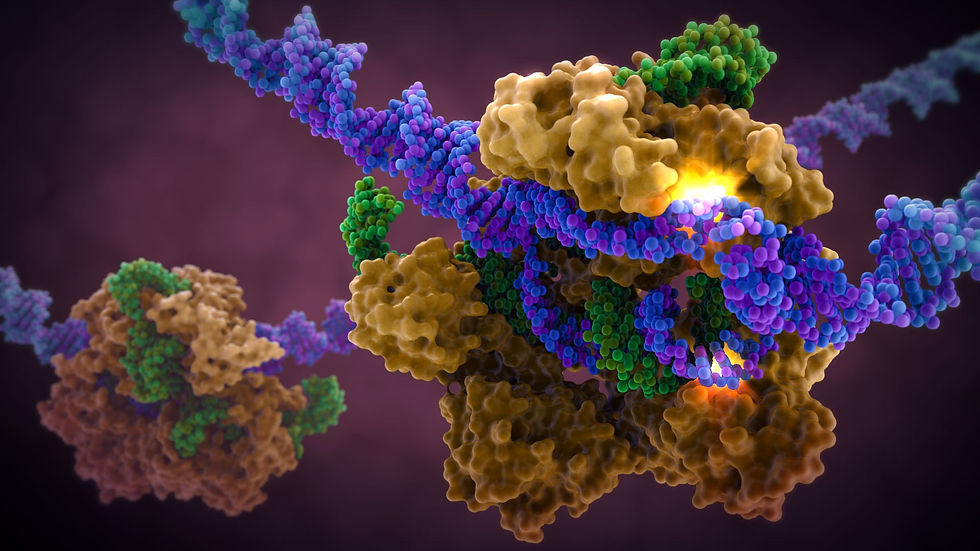
CRISPR (pronounced as "crisper") has the ability to cut undesirable traits and eventually, add desirable ones in plants, animals, and humans with more accuracy than ever before. This powerful tool is so revolutionary that the possibilities are endless. With the use of CRISPR technology, researchers are working on new ways to cure complex diseases such as cancer, Alzheimer's, blindness, HIV infection, and mental illnesses. In addition, not only are scientists using CRISPR in order to develop a better and safer method for producing fuel and chemicals, they are also finding a way to improve the quality of crops to make them more nutritious and resistant to pests and extreme weather patterns.

CRISPR
A cluster of DNA sequences that can be used to edit and manipulate genomes

C
Clustered
R
Regularly
I
Interspaced
S
Short
P
Palindromic
R
Repeats
W I T H
CRISPR'S IMPACT ON:
INNOVATIONS
FROM ALL OVER THE WORLD

EXPERTS' THOUGHTS ON CRISPR
James Watson
Nobel-Winning Biologist
No one really has the guts to say it ... If we could make better human beings by knowing how to add genes, why shouldn't we do it?


Jennifer Doudna
This has become such a fast-moving field that I even have trouble keeping up now ... We’re getting to the point where the efficiencies of gene editing are at levels that are clearly going to be useful therapeutically as well as a vast number of other applications.
Biochemist known for discovering CRISPR-Cas9
Jason McHenry
a 3rd generation farmer who runs a 1,500-acre farm
It simplified life and helped us get ahead of the weeds. If we are going to make a healthier U.S., it has to start with us.

Sakthivel Sadayappan
Director of the heart branch of the University of Cincinnati
Of course feasibility studies have issues. But it’s the only way science can evolve. This is exciting. This is the future.


CRISPR PUBLICATIONS
After CRISPR was exposed to the world in 2005, studies and researches in scientific journals have been increasing drastically. The graph shows the number of scientific publications that mentioned the word "CRISPR" throughout the years by numerous companies. 885 researches have already been published in May 2017 alone. Experts are expecting the publications to increase drastically by the end of the year.

MOST RECENT NEWS:
ENGINEERING THE MICROBIOME USING CRISPR FOR
LIVING MEDICINE
CEO of Locus Biosciences
Paul Garofolo

"Pathogens are killing more and more people every year and that trend is due to continue ... We’ve built a technology platform called crPhage; it is CRISPR-Cas3 engineered bacteriophage, which is the only technology in the world that can reach into the human body and selectively and precisely remove a bacterial species without touching any of the other good bacteria that sits inside the body. What we are trying to do … is to reach in to a different location of the human body and prove that CRISPR-Cas3 can … selectively remove only the bacteria that we are targeting. We’ll start with the bladder, then move to the lungs, we’ll then go to bloodstream infections…and then eventually work our way through to the gut."
MORE IN DEPTH ARTICLES/JOURNALS:

QUESTIONS?
CONTACT ME
Naomi Ferrer
Sheldon High School's Biotechnology Academy Student
8333 Kingsbridge Drive, Sacramento, CA 95829 naomijannae@yahoo.com















.png)









